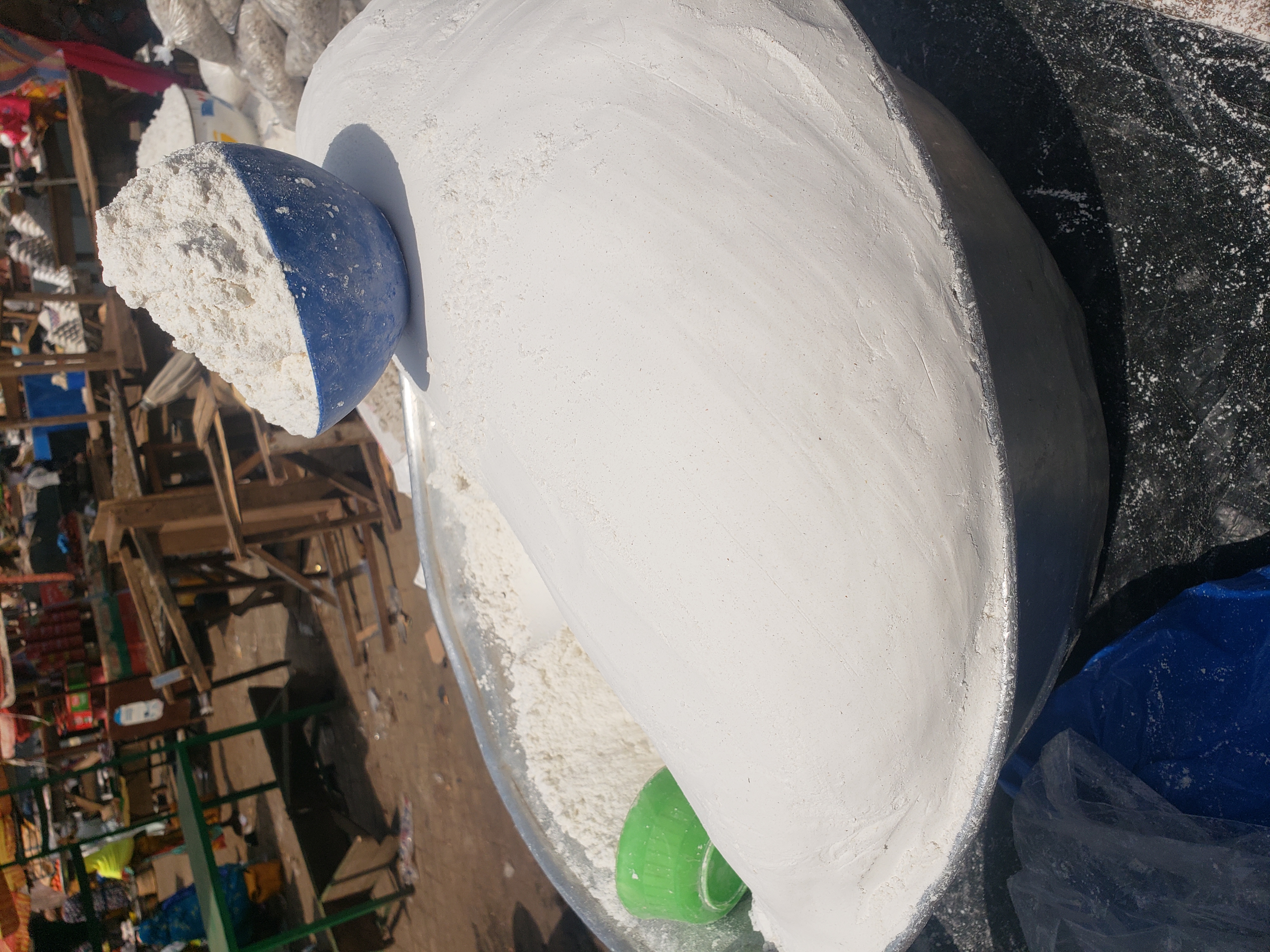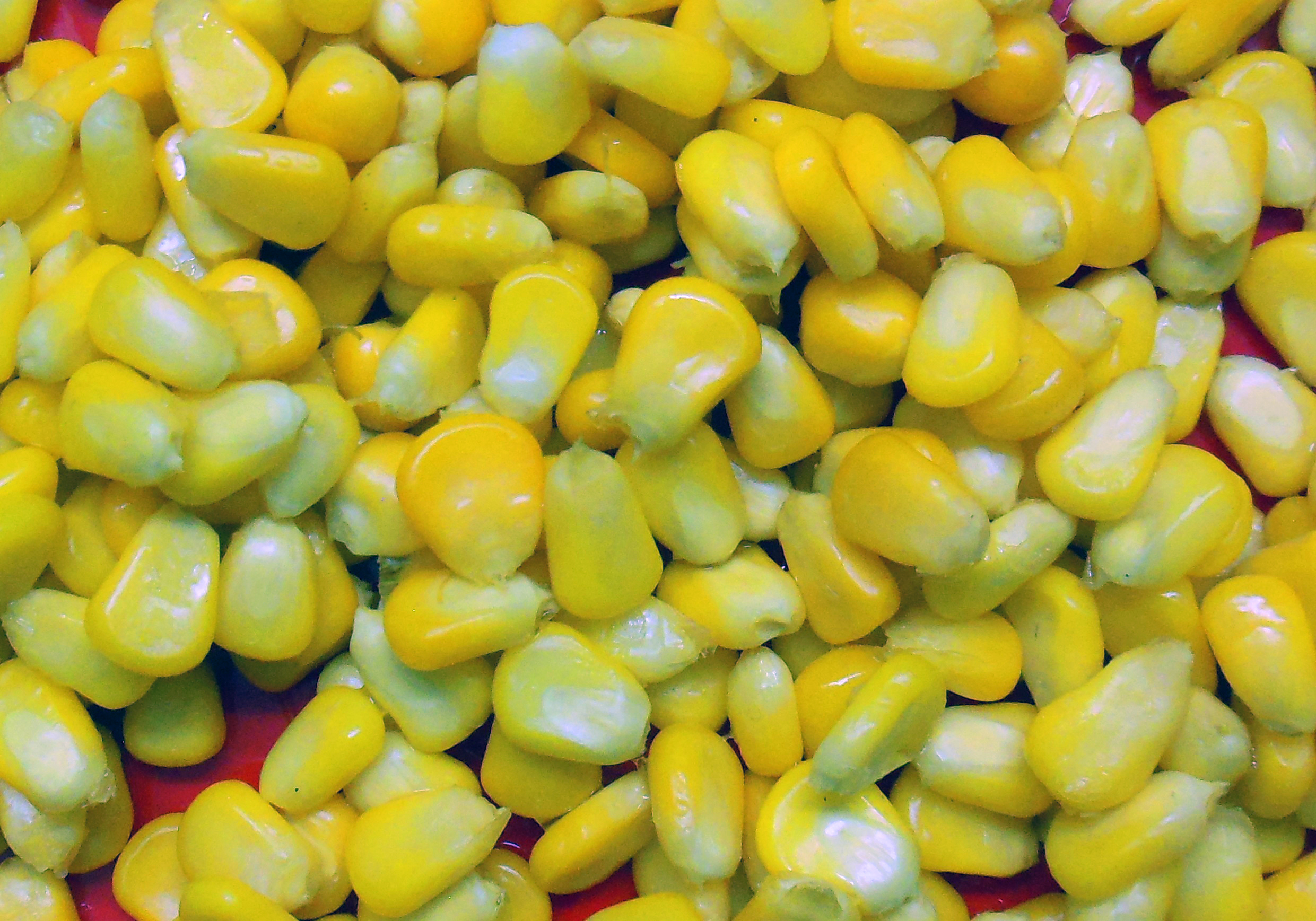|
Flour Corn
Flour corn (''Zea mays'' var. ''amylacea'') is a variety of corn with a soft starchy endosperm and a thin pericarp. It is primarily used to make corn flour. This type, frequently found in Aztec and Inca graves, is widely grown in the drier parts of the United States, western South America and South Africa. The large-seeded corns of Peru are used in the preparation of ''chicha''. In South Africa they are known as ''bread mealies''. The six major types of corn are dent corn, flint corn, pod corn, popcorn, flour corn, and sweet corn Sweet corn (''Zea mays'' convar. ''saccharata'' var. ''rugosa''), also called sugar corn and pole corn, is a variety of maize grown for human consumption with a high sugar content. Sweet corn is the result of a naturally occurring recessive muta ....Linda Campbell Franklin, "Corn," in Andrew F. Smith (ed.), ''The Oxford Encyclopedia of Food and Drink in America''. 2nd ed. Oxford: Oxford University Press, 2013 (pp. 551–558), p. 553. References ... [...More Info...] [...Related Items...] OR: [Wikipedia] [Google] [Baidu] |
Zea Mays
Maize ( ; ''Zea mays'' subsp. ''mays'', from es, maíz after tnq, mahiz), also known as corn ( North American and Australian English), is a cereal grain first domesticated by indigenous peoples in southern Mexico about 10,000 years ago. The leafy stalk of the plant produces pollen inflorescences (or "tassels") and separate ovuliferous inflorescences called ears that when fertilized yield kernels or seeds, which are fruits. The term ''maize'' is preferred in formal, scientific, and international usage as a common name because it refers specifically to this one grain, unlike ''corn'', which has a complex variety of meanings that vary by context and geographic region. Maize has become a staple food in many parts of the world, with the total production of maize surpassing that of wheat or rice. In addition to being consumed directly by humans (often in the form of masa), maize is also used for corn ethanol, animal feed and other maize products, such as corn starch a ... [...More Info...] [...Related Items...] OR: [Wikipedia] [Google] [Baidu] |
Endosperm
The endosperm is a tissue produced inside the seeds of most of the flowering plants following double fertilization. It is triploid (meaning three chromosome sets per nucleus) in most species, which may be auxin-driven. It surrounds the embryo and provides nutrition in the form of starch, though it can also contain oils and protein. This can make endosperm a source of nutrition in animal diet. For example, wheat endosperm is ground into flour for bread (the rest of the grain is included as well in whole wheat flour), while barley endosperm is the main source of sugars for beer production. Other examples of endosperm that forms the bulk of the edible portion are coconut "meat" and coconut "water", and corn. Some plants, such as orchids, lack endosperm in their seeds. Origin of endosperm Ancestral flowering plants have seeds with small embryos and abundant endosperm. The evolutionary development of flowering plants trends towards plants with mature seeds with little or no end ... [...More Info...] [...Related Items...] OR: [Wikipedia] [Google] [Baidu] |
Pericarp
Fruit anatomy is the plant anatomy of the internal structure of fruit. Fruits are the mature ovary or ovaries of one or more flowers. They are found in three main anatomical categories: aggregate fruits, multiple fruits, and simple fruits. Aggregate fruits are formed from a single compound flower and contain many ovaries or fruitlets. Examples include raspberries and blackberries. Multiple fruits are formed from the fused ovaries of multiple flowers or inflorescence. Examples include fig, mulberry, and pineapple. Simple fruits are formed from a single ovary and may contain one or many seeds. They can be either fleshy or dry. In fleshy fruit, during development, the pericarp (ovary wall) and other accessory structures become the fleshy portion of the fruit. The types of fleshy fruits are berries, pomes, and drupes. In some fruits, the edible portion is not derived from the ovary, but rather from the aril, such as the mangosteen or pomegranate, and the pineapple from whic ... [...More Info...] [...Related Items...] OR: [Wikipedia] [Google] [Baidu] |
Maize Flour ...
Maize flour or corn flour is a flour ground from dried maize (corn).Herbst, Sharon, ''Food Lover's Companion'', Third Edition, Pg. 165, Barrons Educational Series Inc, 2001 It is a common staple food, and is ground to coarse, medium, and fine consistencies. Coarsely ground corn flour (meal) is known as cornmeal. When maize flour is made from maize that has been soaked in an alkaline solution, e.g., limewater (a process known as nixtamalization), it is called masa harina (or masa flour), which is used for making arepas, tamales and tortillas. See also * Semolina * List of maize dishes References {{Portal bar, Food Flour Flour Flour is a powder made by grinding raw grains, roots, beans, nuts, or seeds. Flours are used to make many different foods. Cereal flour, particularly wheat flour, is the main ingredient of bread, which is a staple food for many c ... [...More Info...] [...Related Items...] OR: [Wikipedia] [Google] [Baidu] |
EOLSS
The Encyclopedia of Life Support Systems (EOLSS) is an integrated compendium of twenty one encyclopedias. The first Earth Summit of 1992, held in Rio de Janeiro, issued a document that is now famous as Agenda 21. This document refers to the Earth's life support systems, considering the whole of our planet as a grand intensive care unit that supports all forms of life (both natural and human-engineered systems). The Encyclopedia of Life Support Systems (EOLSS) is based on this concept and the above definition of 'life support systems'. It is intended to be a source of knowledge conveniently accessible at a single location, knowledge that could be useful in providing an understanding of global systems and issues with the potential to render decisions well informed to ensure the ability of our planet to support life. Unlike most encyclopedias, the contents of which are alphabetically arranged, EOLSS has a thematic organization (Theme Level, Topic Level and Article Level where Theme ... [...More Info...] [...Related Items...] OR: [Wikipedia] [Google] [Baidu] |
Dent Corn
Dent corn, also known as grain corn, is a type of field corn with a high soft starch content. It received its name because of the small indentation, or "dent", at the crown of each kernel on a ripe ear of corn. Reid's Yellow Dent is a variety developed by central Illinois farmer James L. Reid. Reid and his father, Robert Reid, moved from Brown County, Ohio to Tazewell County, Illinois in 1846 bringing with them a red corn variety known as "Johnny Hopkins", and crossed it with varieties of flint corn and flour corn. Most of today's hybrid corn varieties and cultivars are derived from it. This variety won a prize at the 1893 World's Fair. Most of the corn grown in the United States today is yellow dent corn or a closely related variety derived from it. Dent corn is the variety used in food manufacturing as the base ingredient for cornmeal flour (used in the baking of cornbread), corn chips, tortillas, and taco shells. Starch derived from this high-starch content variety is tur ... [...More Info...] [...Related Items...] OR: [Wikipedia] [Google] [Baidu] |
Flint Corn
Flint corn (''Zea mays'' var. ''indurata''; also known as Indian corn or sometimes calico corn) is a variant of maize, the same species as common corn. Because each kernel has a hard outer layer to protect the soft endosperm, it is likened to being hard as flint; hence the name. The six major types of corn are dent corn, flint corn, pod corn, popcorn, flour corn, and sweet corn. History With less soft starch than dent corn (''Zea mays indentata''), flint corn does not have the dents in each kernel from which dent corn gets its name. This is one of the three types of corn cultivated by Native Americans, both in New England and across the northern tier, including tribes such as the Pawnee on the Great Plains. Archaeologists have found evidence of such corn cultivation in what is now the United States before 1000 BC. Corn was originally domesticated in Mexico by native peoples about 9,000 years ago. They used many generations of selective breeding to transform a wild teosint ... [...More Info...] [...Related Items...] OR: [Wikipedia] [Google] [Baidu] |
Pod Corn
Pod corn or wild maize is a variety of maize. It is not a wild ancestor of maize but rather a mutant that forms leaves around each kernel. Pod corn (''tunicata'' Sturt) is not grown commercially, but it is preserved in some localities. Pod corn forms glumes around each kernel which is caused by a mutation at the Tunicate locus. Because of its bizarre appearance, pod corn has had a religious significance to certain Native American tribes. The six major types of corn are dent corn, flint corn, pod corn, popcorn, flour corn, and sweet corn Sweet corn (''Zea mays'' convar. ''saccharata'' var. ''rugosa''), also called sugar corn and pole corn, is a variety of maize grown for human consumption with a high sugar content. Sweet corn is the result of a naturally occurring recessive m ....Linda Campbell Franklin, "Corn," in Andrew F. Smith (ed.), ''The Oxford Encyclopedia of Food and Drink in America''. 2nd ed. Oxford: Oxford University Press, 2013 (pp. 551–558), p. 553. Refere ... [...More Info...] [...Related Items...] OR: [Wikipedia] [Google] [Baidu] |
Popcorn
Popcorn (also called popped corn, popcorns or pop-corn) is a variety of corn kernel which expands and puffs up when heated; the same names also refer to the foodstuff produced by the expansion. A popcorn kernel's strong hull contains the seed's hard, starchy shell endosperm with 14–20% moisture, which turns to steam as the kernel is heated. Pressure from the steam continues to build until the hull ruptures, allowing the kernel to forcefully expand, to 20 to 50 times its original size, and then cool. Some strains of corn ( taxonomized as ''Zea mays'') are cultivated specifically as popping corns. The ''Zea mays'' variety ''everta'', a special kind of flint corn, is the most common of these. Popcorn is one of six major types of corn, which includes dent corn, flint corn, pod corn, flour corn, and sweet corn. History Corn was domesticated about 10,000 years ago, in what is now Mexico. Archaeologists discovered that people have known about popcorn for thousands of ... [...More Info...] [...Related Items...] OR: [Wikipedia] [Google] [Baidu] |
Sweet Corn
Sweet corn (''Zea mays'' convar. ''saccharata'' var. ''rugosa''), also called sugar corn and pole corn, is a variety of maize grown for human consumption with a high sugar content. Sweet corn is the result of a naturally occurring recessive mutation in the genes which control conversion of sugar to starch inside the endosperm of the corn kernel. Sweet corn is picked when still in the immature (milk stage) and prepared and eaten as a vegetable, rather than field corn, which is harvested when the kernels are dry and mature (dent stage). Since the process of maturation involves converting sugar to starch, sweet corn stores poorly and must be eaten fresh, canned, or frozen, before the kernels become tough and starchy. It is one of the six major types of maize, the others being dent corn, flint corn, pod corn, popcorn, and flour corn. According to the USDA, 100 grams of raw yellow sweet corn contains 3.43 g glucose, 1.94 g fructose, and 0.89 g sucrose. ... [...More Info...] [...Related Items...] OR: [Wikipedia] [Google] [Baidu] |



